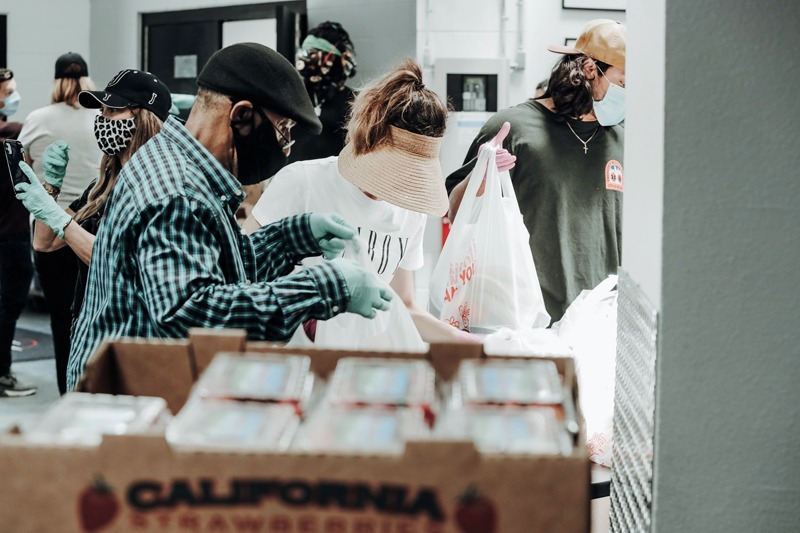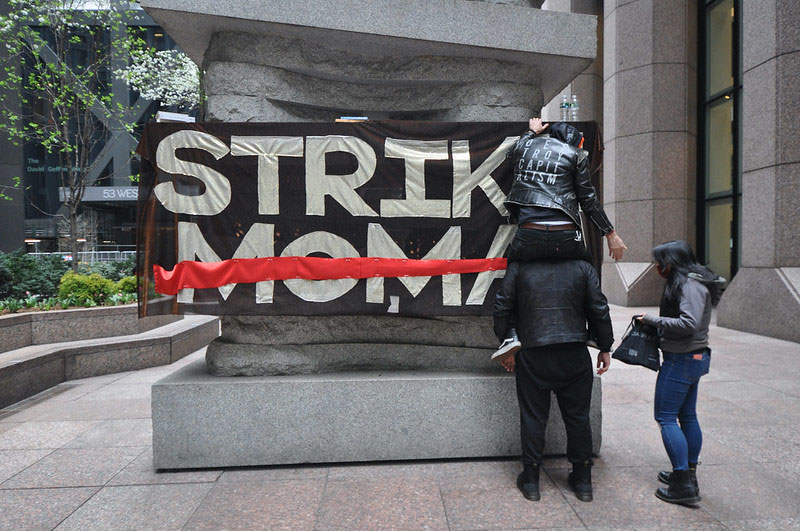
November 8, 2018; The Conversation
Over the years, there has been much research on the practice of offering gifts or incentives to donors in return for donations, and the results have been mixed. Some research indicates that a large gift could increase the frequency of donations by as much as 75 percent. Other work indicates that offering donor premiums isn’t worth it for the nonprofit: A 2008 study of giving to a national park in Costa Rica says, “The total effect of giving a gift is positive but small, and taking the cost of the gift into account, it is far from profitable. And a Yale-based study NPQ covered in 2012 found the effect was decidedly negative when looked at over time:
Results indicate that although people expect that the offer of thank-you gifts will increase donations, such offers actually reduce charitable donations. This effect was obtained across a wide variety of charities and gifts types, regardless of whether the donations were hypothetical or real, the gift was desirable or undesirable, the charity was familiar or unfamiliar, or the gift was more or less valuable. Moreover, such patterns cannot solely be explained in terms of inferences about the charity’s quality (e.g., either their efficacy or current wealth), the undesirability of the gift itself, or simple anchoring effects.
Given this lack of clarity, Texas A&M researchers set out to answer this question on their own home turf. They used the Texas A&M alumni association, a group of 140,000 individuals, as their experimental cohort. These potential donors were split into groups at random:
A control group received no gift offer. One group got a leather A&M-branded luggage tag in the mailing requesting a donation while another group received a plastic luggage tag.
Sign up for our free newsletters
Subscribe to NPQ's newsletters to have our top stories delivered directly to your inbox.
By signing up, you agree to our privacy policy and terms of use, and to receive messages from NPQ and our partners.
Four groups received a conditional offer: a luggage tag in response to their donation. One group merely received the offer. Another group had an identical solicitation with related wording on the outside of the envelope. This tested whether prospective donors could be made more likely to open the mailing. The other two had the option to decline the tag or, to ensure our phrasing wasn’t driving the results, the option of receiving it.
Four of these groups hovered around the same response rate, between 0.44 percent–0.49 percent: control, conditional gift, conditional gift with opt-in, and conditional gift with opt-out. There was a slight jump in response rate to 0.55 percent for the group that received the conditional gift with no envelope text. The two groups that had the highest response rates are those who received the plastic unconditional gift (0.60 percent) and the leather unconditional gift (1.02 percent).
This data suggests that donors were encouraged to give when they received an unconditional gift, and the nicer the gift, the more they responded. But, in terms of how much funding the organization raised from the campaign, the plastic luggage tag had the best return, given the cost to the nonprofit to produce the leather tags. Still, the plastic tags only raised 40 cents on average, whereas the mailings that included no gifts raised an average of 39 cents.
Still, there are other reasons why a nonprofit might choose to use donor premiums. One would be to simply stand out in potential donors’ mailboxes. Particularly during the end of the year when donors receive an onslaught of appeals, the ability to stand out amongst the pack could mean the difference between a large donation and no donation. Moreover, if an organization can encourage a donor to give once, retaining that donor would be more cost- effective than trying to acquire new donors. But, unless an organization has a solid plan for stewarding donors and has the capacity to build these relationships, sending expensive donor premiums could actually cost the organization even more.
As enticing as donor premiums may seem, as a tactic, this reeks of lazy fundraising. The most cost-effective and rewarding fundraising practices are those that build stronger relationships with donors, not those that coerce a donor to open an envelope in the hope that they respond. Furthermore, as we look to the future and stewarding the next generation of donors, data indicates that swag items may actually turn away potential donors. Rather, the younger generations are looking to become more involved in the organizations they support with their “time, treasure, and talent.” Offering unique experiences and building strong relationships will be the key to acquiring and retaining the new generation of donors.— Sheela Nimishakavi













